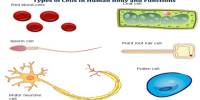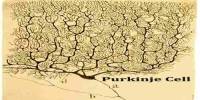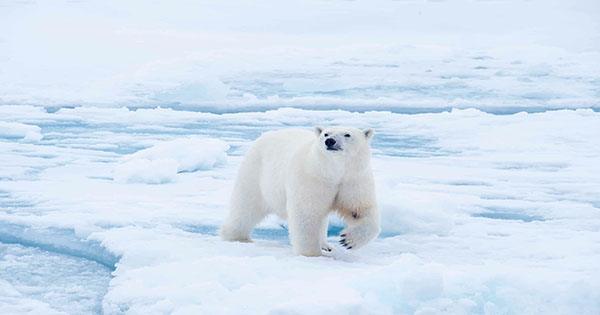Biomagnification, also known as bioamplification or biological magnification, refers to the increase in the concentration of a substance, such as a pesticide, in the tissues of organisms at successively higher levels in a food chain. This condition arises when species at higher trophic levels consume vast amounts of food containing the chemical, which accumulates in their systems without being properly digested or expelled. As a result, the concentration of the chemical increases with each succeeding trophic level.
Process
Biomagnification often begins with primary producers, such as algae or plants, absorbing chemicals from their surroundings. insecticides, heavy metals (e.g., mercury, lead), and persistent organic pollutants (POPs), such as some insecticides and industrial chemicals, are examples of pollutants. When herbivores consume these main producers, they store some of the chemicals in their tissues. As a result, when predators eat herbivores, they consume not only the compounds acquired by the herbivores but also the substances found in the herbivores’ bodies. This process continues as predators consume other carnivores, causing additional accumulation of the chemical in their bodies.
This increase can occur as a result of:
- Persistence – where the substance cannot be broken down by environmental processes
- Food chain energetics – where the substance’s concentration increases progressively as it moves up a food chain
- Low or non-existent rate of internal degradation or excretion of the substance – mainly due to water-insolubility
Biomagnification is the buildup of concentration of a substance (x) in a food chain. For example the DDT concentration in parts per million increases with trophic level. Concentrations build up in the organism’s fat and tissue. Predators accumulate higher levels than prey.
Biological magnification is the process by which substances such as pesticides or heavy metals enter lakes, rivers, and the ocean and then move up the food chain in progressively higher concentrations as they are incorporated into the diet of aquatic organisms such as zooplankton, which in turn are eaten by fish, which may be eaten by larger fish, large birds, animals, or humans. As the substances progress up the chain, their concentrations increase in tissues or internal organs. Bioaccumulants are compounds that accumulate in living creatures when they consume contaminated air, water, or food because they are slowly digested or expelled.
Importance
Biomagnification can have serious ecological consequences and endanger the health of organisms further up the food chain, including humans. Organisms at the top of the food chain, such as predatory fish, birds of prey, and humans, can amass large amounts of harmful compounds through biomagnification, resulting in negative health and reproductive outcomes. Furthermore, biomagnification can contaminate food webs and ecosystems, potentially having long-term effects on biodiversity and ecosystem functioning.
Efforts to mitigate the effects of biomagnification frequently include reducing the release of pollutants into the environment, enforcing toxic substance regulations, monitoring contaminant levels in food webs, and promoting sustainable practices to reduce exposure to harmful substances.
















